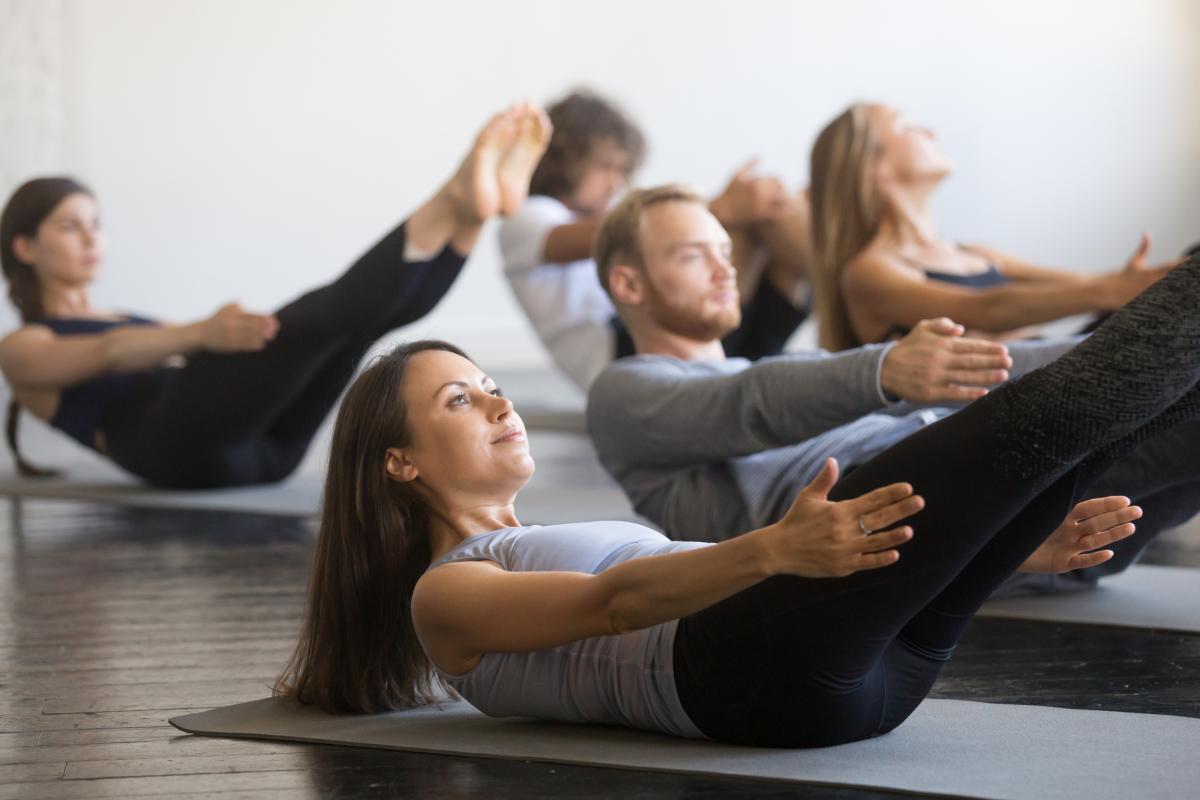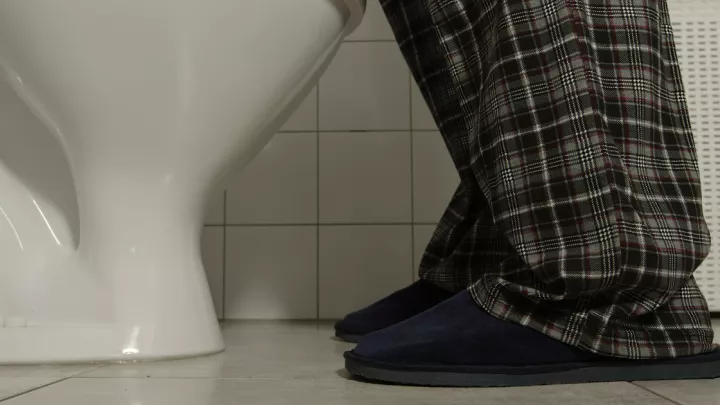Cross training helps minimize running injuries

Perhaps more than any other sport, runners share a unique passion for hitting the road day after day. And from a medical standpoint, one of the fun things about treating runners is their unwavering motivation to get back on the pavement. But that passion and persistence can, at times, be a setup for injuries.
One of the things we caution athletes in all disciplines about is repetition. It is necessary to hone your craft, but this can also be detrimental if not paired with a well-rounded workout regimen. Accordingly, my staff and I believe strongly in the benefit of a balanced routine. Yes, the ultimate goal is to get (and keep) you running as effectively as possible, but sometimes that means focusing on more than just running. We talk to our throwers about the importance of the kinetic chain – meaning the power transfer starting with the legs, going up through the trunk and eventually exiting out the arm to deliver a pitch. Running is somewhat similar in that it is not only about logging more miles. We want you to have good ankles, stable knees and a strong core to support the pounding involved with being a runner.
Get it evaluated. Our sports medicine team will get you back to your routine as quickly as possible. To make an appointment, call 800.922.0000.
When we brainstormed about the topic for these articles, we quickly settled on the core because, aptly named, it is the center of your strength and stability. Core also tends to be misunderstood as it involves more of a functional strength as opposed to rock-hard abs. To me, this highlights the synergistic benefit of both a unified physician/therapist approach.

I frequently see patients who present with relatively nonspecific but aggravating anterior knee pain, which can be quite limiting to both running intensity and distance. I always strive to be comprehensive in the evaluation, and oftentimes, the underlying etiology is weak core, hips and lower extremities. Runners tend to build a strength profile specific to straight line activity, but that can leave an imbalance in other compensatory muscles. Even things as seemingly simple as a single leg squat or a controlled step off of an 8-inch platform can be surprisingly difficult. And, to me, this highlights a lack of functional stability from above, that is, the trunk and hips lack the strength to adequately position the body and knee in space.
The good news is that even though issues like this are common within the running community, it is a fixable problem. As with any muscular strengthening program, there are no quick fixes when it comes to the core; however, a dedicated routine almost universally results in improved pain and better function.
So whether you have experienced similar issues or are simply looking to take your running to the next level, I would encourage you to look past the pavement. Cross-training like Pilates, TRX, swimming, etc., can provide a surprising boost to your routine, and quality coaches, trainers and certainly physical therapists, can make a tremendous difference. In the name of a balanced body, increased longevity, injury prevention and elevated performance – remember the core!




